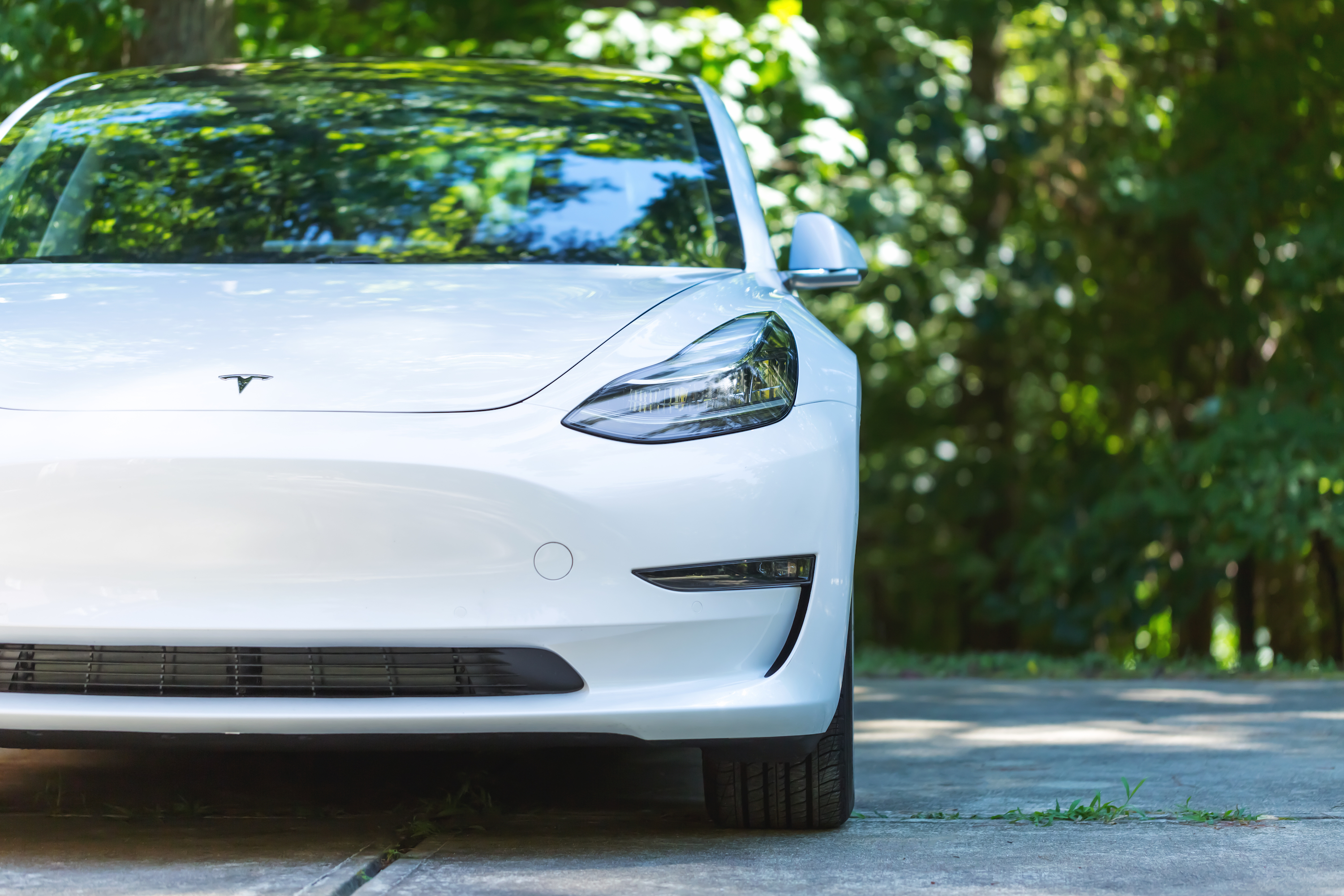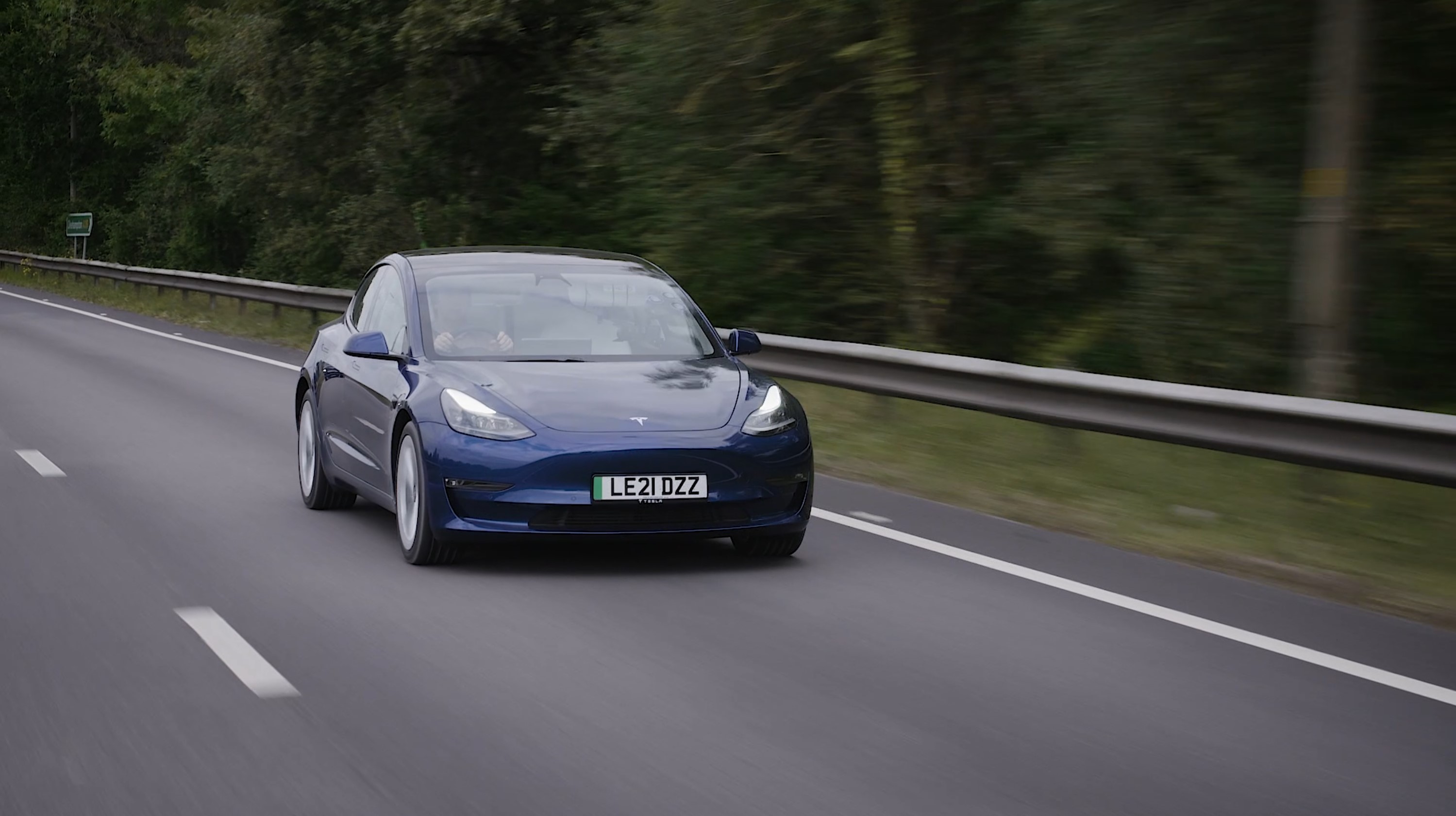9 tips to get the most range out of your EV
Keep your car going for longer with our helpful range-extending tips

When it comes to driving an EV, range is everything. If you’re travelling long distances, an EV with limited range means you have to stop and recharge more often. Given how long it can take to charge an electric car, especially older models, that’s obviously something you’ll want to avoid.
While there’s no magic bullet to add an extra hundred miles or so to your battery, there are ways to maximize the range your car already has. A few extra miles here and there could be the difference between making it to your destination in one go, or having to stop and figure out where to charge your electric car.
Because suitable public chargers aren’t always easy to find, and too many of them employ poorly-made apps to function.
The key is driving more efficiently, much as it is when you’re trying to get the most out of a tank of gas. While some of these tips are generally common sense, you may not be aware of the others. It’s also worth mentioning that maximizing EV range in winter has its own set of challenges, which are worth reading up on.
But no matter the weather, here are essential tips for maximizing your EV’s range.
How to maximize your EV’s range
1. Don’t drive too fast: Obviously driving over the speed limit is a bad idea at the best of times, but EV drivers going long distances will want to keep their speedometer around 60 miles per hour. The faster you go, the more power you need to pull from the battery to maintain that speed.
60mph is the point where most EVs are able to balance the need to conserve power while keeping your speed up. Go any higher and you will likely start seeing your range counter drop a little faster than you might like.
2. Use Eco Mode: A lot of EVs have a dedicated eco mode that restricts power to the more power-hungry features in the car, such as the heater and the accelerator. You won’t be breaking any 0-60 records for your car doing this, but the power that’s not being fed elsewhere can instead keep you going further for longer. Likewise, be sure to keep Sport Mode, if you have that, switched off.
3. Drive smoothly: Much like driving a gas-powered car, your mileage will vary depending on how you drive. One of the best ways you maximize your range is to keep your drive nice and smooth. Avoid lead-footing the gas pedal to get up to the speed limit quickly, because the faster you try and go, the more power you’ll use in the process.
Likewise, slamming on the brakes at the very last second means you’ve just wasted whatever energy you were using to maintain that speed. If you can, start slowing down earlier with gentle braking or, ideally, coasting to let physics slow you down gradually.
4. Use regenerative braking: The extra benefit to a gentler deceleration is it gives your car more chance to recoup some of the lost energy through regenerative braking. The amount of power you’ll get back will depend on how strong you’ve set your car’s regenerative brakes. The stronger they are, the more power you’ll get back, and the faster you’ll slow down before hitting the actual brakes.
5. Choose more efficient routes: Efficient driving isn’t just about how you drive, but also about which routes you take. Long stretches of uninterrupted road are better for your power efficiency than a route that involves lots of stopping or slowing down to make turns. After all, maintaining your speed uses less power than slowing down and accelerating back to the same speed.
Thankfully technology can help you out, especially if you use Google Maps. Among some of the best Google Maps tips is a feature that automatically sends drivers down the most efficient routes. While the setting can be switched off, the app will do this by default. Be sure to consult Google Maps before you go on any long trips and see what it says.

6. Keep the climate control under control: Climate control can be a big drain on your battery if you’re not careful. But be sure to use these features sparingly if you can, and use less-power hungry methods to stay comfortable. For instance, heated seats are more efficient than the main heating system.
If you need to stay cool, opening the window for some breeze is a less energy-intensive way to do it. Sure, it increases your drag, which means you need more power to stay moving, but it’s less of a drain than A/C alone. Obviously how much you need this will depend on where you live.
The most important thing is to make sure you’re comfortable and safe from the elements. However this is still worth bearing in mind if you have a long trip ahead of you (and temperatures allow it).
7. Keep your tires inflated: Always make sure you know what pressure your tires should be set to, because doing it wrong can seriously hamper how far your car can go.
Under-inflated tires increase drag, which in turn increases your car’s power consumption. It can also lead to increased and uneven tread wear over time — which will cost you in the long run. So check that pressure, and make sure it’s at the right level, especially in cold weather.
8. Dump the excess weight: The heavier your car, the more power is needed to make it move. So if there’s any excess weight in your EV, be sure to get it out before you go on any long trips. Every ounce of weight increases your power consumption ever so slightly, and it all adds up.
You should also be sure to remove any unnecessary accessories that would increase drag. Because, again, more drag means more power consumed. Any bike or roof racks, surf boards, grill guards, decorative spoilers or whatever else you might have on the outside of your car that doesn’t have to be there needs to go.
9. Look after your battery: The most important thing for maximizing the range of an EV is looking after the thing that powers the car. Lithium ion batteries can be fickle, and degradation is an issue to worry about, but if you look after your battery it won’t be much of a problem.
To put it simply, avoid using rapid charging in favor of slower charging methods where possible, and always try to keep your power levels between 20 and 80%. Not only will this help preserve the battery and keep your range estimates high, a healthy battery will ensure your car retains its value should you ever decide to sell.
Sign up to get the BEST of Tom's Guide direct to your inbox.
Get instant access to breaking news, the hottest reviews, great deals and helpful tips.

Tom is the Tom's Guide's UK Phones Editor, tackling the latest smartphone news and vocally expressing his opinions about upcoming features or changes. It's long way from his days as editor of Gizmodo UK, when pretty much everything was on the table. He’s usually found trying to squeeze another giant Lego set onto the shelf, draining very large cups of coffee, or complaining about how terrible his Smart TV is.
